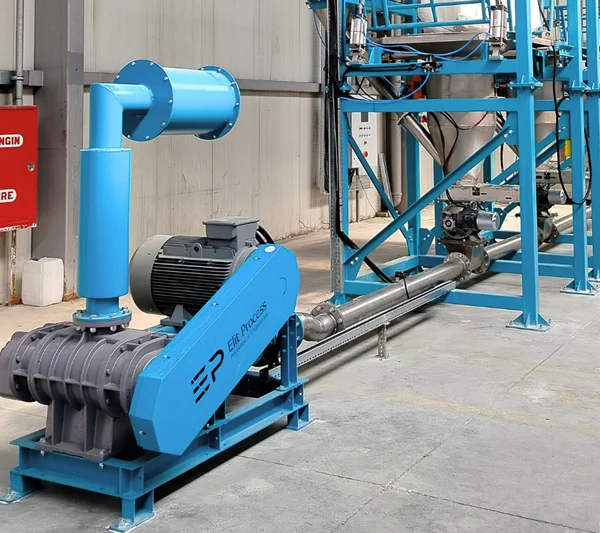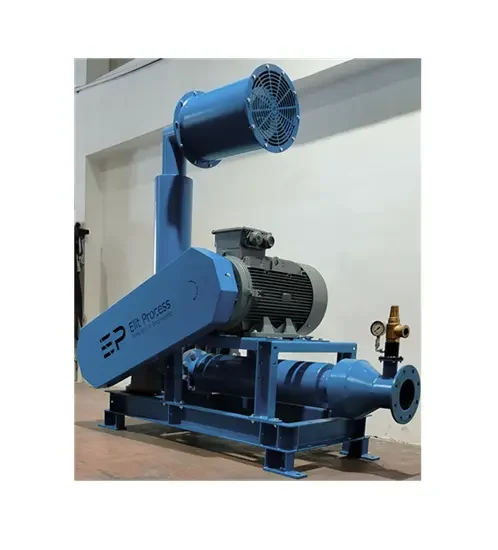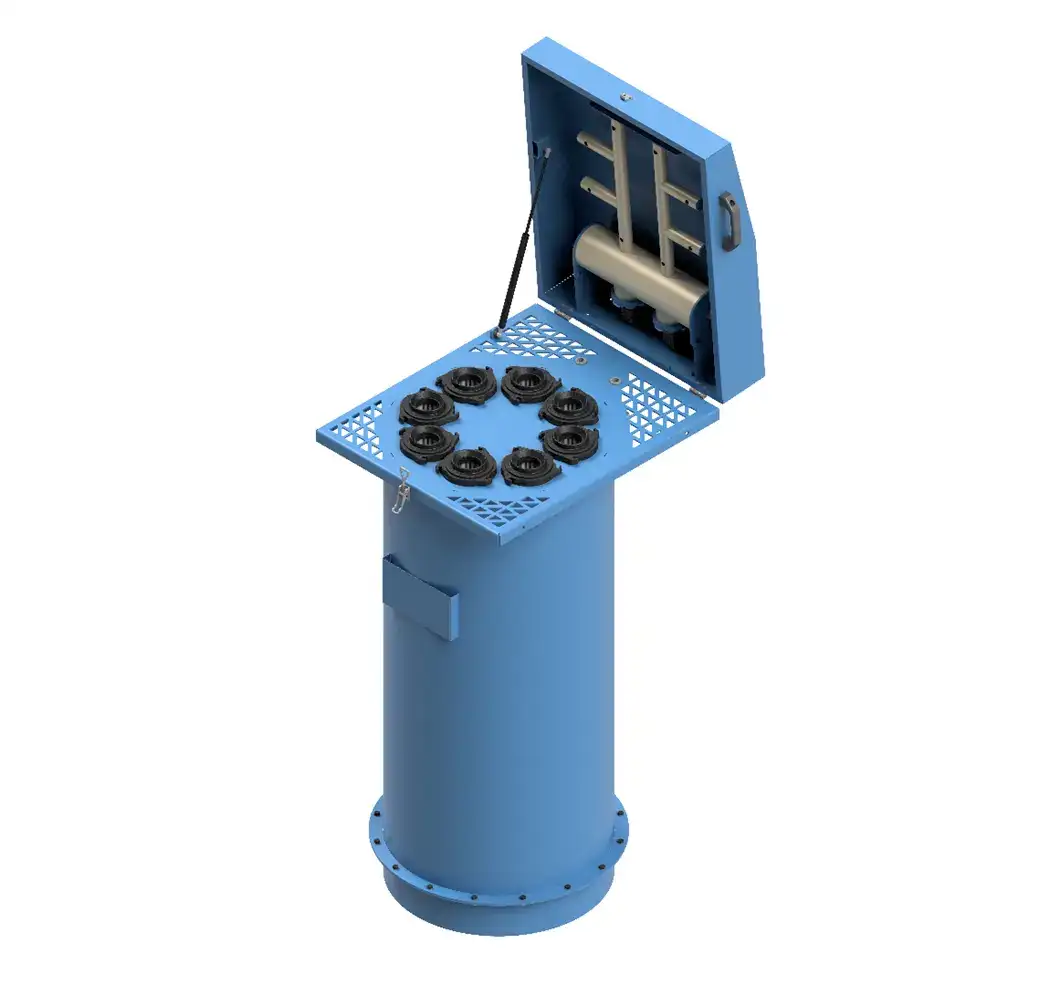Home Page
Dilute Phase Conveying System
Dilute Phase Conveying System
While the pneumatic conveying line is pressurized with air produced by the blower, the raw material is poured into the conveying line in a controlled manner using air locks, also known as rotary feeders. Since the conveying air is much denser than the raw material, the raw material is transported at high speed from the filling point to the target point. The raw material is transported at low density so that it floats in the air in the conveying line.
| Product Information | |
|---|---|
| Advantages: | Pneumatic conveying systems offer many advantages to the user: Pipelines can be laid over long distances and can be used both horizontally and vertically. With pneumatic conveying systems, the product can be transported wherever the piping can be routed. |
| Product Details | |
|---|---|
| Design: | Custom Designed. |
| Material: | Steel, AISI 304 Stainless, AISI 316 Stainless or Hardox. |
| Please contact us for more information. |
Please contact us for more information.





